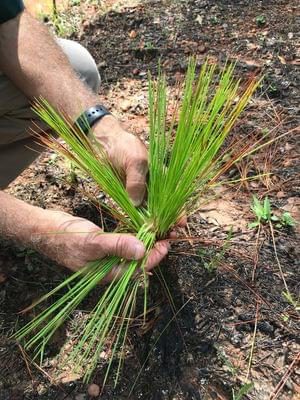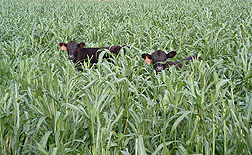Climate and Ag in the news
-

According to an article this week in Vegetable and Specialty Crop News, the citrus industry in northern Florida and southern Georgia is increasing rapidly, with acreage in North Florida at around 1,200 acres and in South Georgia at around 2,000 acres. I have worked with a few of the producers, who are growing satsumas and…
-

Here’s a very cool video that shows how the shape of falling raindrops is not the teardrop shape that we drew as kids. Instead, it is closer to the shape of a hamburger bun. This video also shows how the size distribution of raindrops in a storm was originally measured using a pan of flour…
-

Another interesting article I read this week was a story about how researchers from Michigan State University compared land in South Carolina that had been used for farming with land without a history of agriculture. By working to restore longleaf pine habitats on both types of plots, the team could paint a clearer picture of…
-

Southeast Farm Press had an interesting story this week about a South Carolina farmer and how he improved the soil on his farm with intensive use of cover crops. They increased the organic matter in the soil, reduced the need for fertilizer and herbicides, and improved soil moisture. They also helped provide food for beneficial…
-

One of the questions I am often asked is how much agriculture contributes to the emission of greenhouse gases into the atmosphere. It’s a difficult question because you need to keep track of a lot of different things, like how land is used, what kinds of chemicals are used, what management methods are in place,…
-

As the earth gets warmer, the water cycle is getting amped up, with both more droughts and more floods. On the wet side of that swing, the statistics of flooding events is showing a trend towards more extreme values. This is important because a lot of our infrastructure, including how roads, dams, and sewers are…
-

While we pay attention to drought here in the US, it is also occurring in other places. One of the worst hit countries this year has been Taiwan, where some reservoirs hold only 7 percent of their usual capacity due to lack of rain from typhoons and the typical rainy season. This has caused the…